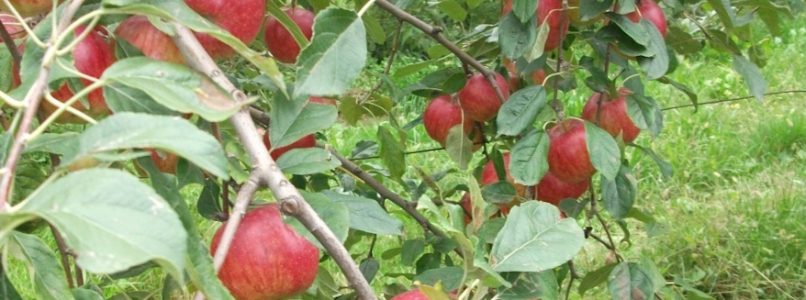Very sweet taste, reminiscent of strawberry thanks to the aromas it contains, but no more caloric than other varieties
But it's called "strawberry grapes" or "American grape"? We tell you: it is correct to call it both ways, or if you prefer you can also call it "Isabella grapes”, The greengrocers will understand you anyway. As its name suggests, this sweet variety of grape comes directly from overseas, more precisely, its first appearance in Italy is recorded in the distant 1825. Today, its cultivation is mainly concentrated in Piedmont in the areas of Cuneo and Vercelli. Yes, we know, they are lands with a rather harsh climate, but thanks to its resistant structure, the strawberry grape plant perfectly resists the cold and is able to give us very sweet grapes every year. Have you also thought of dark colored bunches? It's normal. We are used to thinking of strawberry grapes as a black-purplish fruit, while strawberry grapes can also be white (characterized by a more acidic flavor) or early white (very sweet).
The benefits of strawberry grapes
It is fruit, and as such it is good for you. No doubt. Nutritionists inform us that it is very rich in vitamins of group A, B, C and mineral salts such as potassium, calcium, phosphorus, manganese and magnesium. The richest part of properties is the peel (as well as the rest of fruit and vegetables) in fact, it contains polyphenols and flavonoids that protect our cardiovascular system. Not only that, the peel also contains resveratrol, a substance that inhibits the formation of blood clots.
When are strawberry grapes harvested?
The strawberry grape harvest period is very short: it starts from the second half of September (very soon!) Until the beginning of October. The berries are very delicate, once harvested they last about 10 days if stored correctly in the refrigerator, or at most 3 days if stored at room temperature.
Fragolino wine
But do you know that the production and marketing of the Fragolino wine is it regulated by European legislation? Yes, the strawberry grape is not part of the vitis vinifera, or that quality of vine suitable for the production of marketable wine; rather, it is part of the family of vitis labrusca, a type of table and wine grapes. And here you will ask yourself "but if both types of vines can be used to produce wine, why is Fragolino not marketable?" We tell you. For the legislation Italian and European, the wine that can be purchased must come exclusively from grapes belonging to the vitis vinifera category, therefore, since strawberry grapes are part of another category of vines, the production of Fragolino and its consumption are only linked to that familiar. Not only that, strawberry grapes naturally contain a much higher level of methanol than the classic wine vine.
Strawberry grape jamSweet at the right point, never cloying. Excellent to spread on a fragrant slice of freshly baked bread, to fill pies, brioches or to flavor yogurt.
You will need them 1 lemon, 1.2 kilograms of fracola grapes and 600 g of cane sugar.
Let's begin!
1. Shell the grapes and put them in a saucepan with 1/2 glass of water. Cook the berries over high heat for about 5 minutes and mash them with a spoon. Remove from the heat and pass the grapes through a vegetable mill to remove the skins and seeds.
2. Pour the sugar into a clean saucepan, add 1/2 cup of water and bring to a boil, stirring until the sugar has dissolved. Add the filtered lemon juice and the previously prepared grape juice. Continue cooking for another 20 minutes, stirring often.
3. Check the cooking point of the jam, by cooling a teaspoon in the freezer, if it becomes firm, put it in immediately, seal tightly and turn the jars upside down on the work surface.
4. Turn the jars only when they have cooled completely.
September 2021
Giulia Ferrari
<! –
->
<! – 4 images or sliders < 460 -->
<! – / 4 images or sliders < 460 -->

